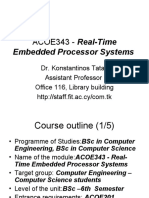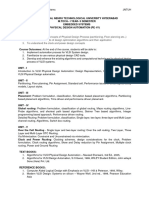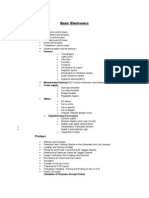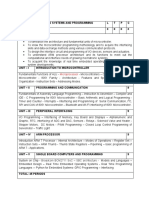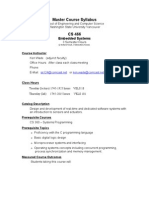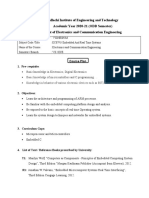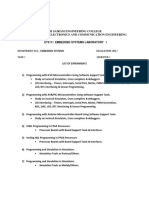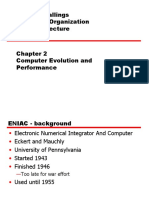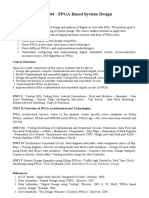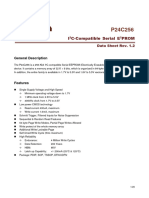R22 B.
Tech GNITC
22ES0EC07: EMBEDDED SYSTEMS LAB
B.Tech. III Year II Sem. L T P C
0 0 2 1
Pre-requisites:
1. A course on “Digital Logic Design and Microprocessors”.
2. A course on “Computer Organization and Architecture”.
Course Objectives:
To provide an overview of principles of Embedded System
To provide a clear understanding of role of firmware, operating
systems in correlation with hardware systems.
Course Outcomes:
Expected to understand the selection procedure of processors in the embedded
domain.
Design procedure of embedded firm ware.
Expected to visualize the role of real-time operating systems in embedded
systems.
Expected to evaluate the correlation between task synchronization and latency
issues
The following experiments have to be executed using
i) Microcontroller Kits (8051/ Raspberry Pi /Arduino)
ii) Use embedded C/ Python/ assembly language.
List of Experiments:
1. Programs to perform arithmetic, logical, branching, and loop operations by a
microcontroller.
2. Generate time delay using timers in a microcontroller.
3. Write a C program to count the number of times the switch is pressed and
released.
4. Illustrate the use of a port header file (Port M) using an interface consisting of
a keypad and LCD.
5. write a program to display "Hello world” on display of the receiving
microcontroller using RS232.
6. Flash the operating System onto the device into a stable functional state by
porting desktop environment with naway Packages necessary packages
7. Program available GPIO Plus of the corresponding device using native
programming language, interface LEDs and interface LED / Switches and test it's
functionality
8. Using the light sensor, monitor the light intensity and automatically turn
ON/OFF LED.(for Predefined threshold light intensity value)
�R22 B.Tech GNITC
9. Dice game simulation- generate a random value Similar to dice value and
display the same using 16x2 LCD
10. Export display to other system using available desktop display as display for the
device using SSH client and X11 display seven.
11. Hosting a website on Board- Build and host a simple website (static) on the
device and make it accessible online. (Need to install Sewn (e.g., Apache).)
12. Interface a regular USB webcam to the device and turn it into fully functional IP
webcam
Note: Devices include Arduino, Raspberry Pi, and Beagle Bour.















